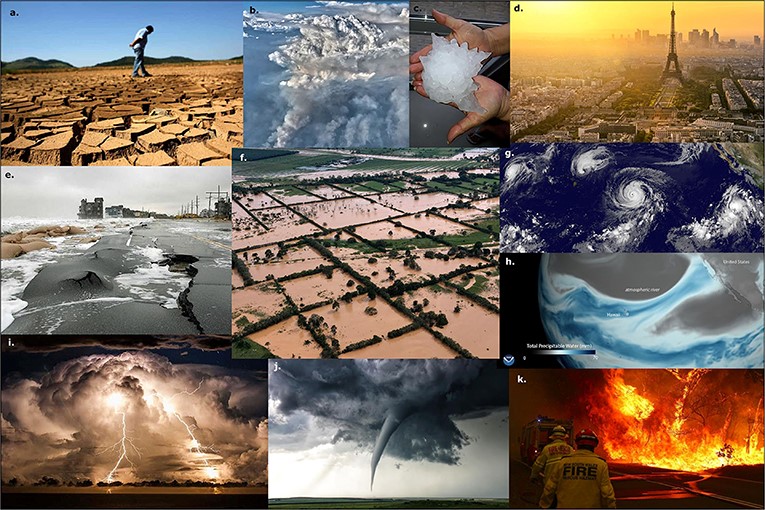





Disclaimer: Copyright infringement not intended.
Context
Aims and Objectives
https://www.pib.gov.in/PressReleasePage.aspx?PRID=1824882








.jpg)


© 2024 iasgyan. All right reserved